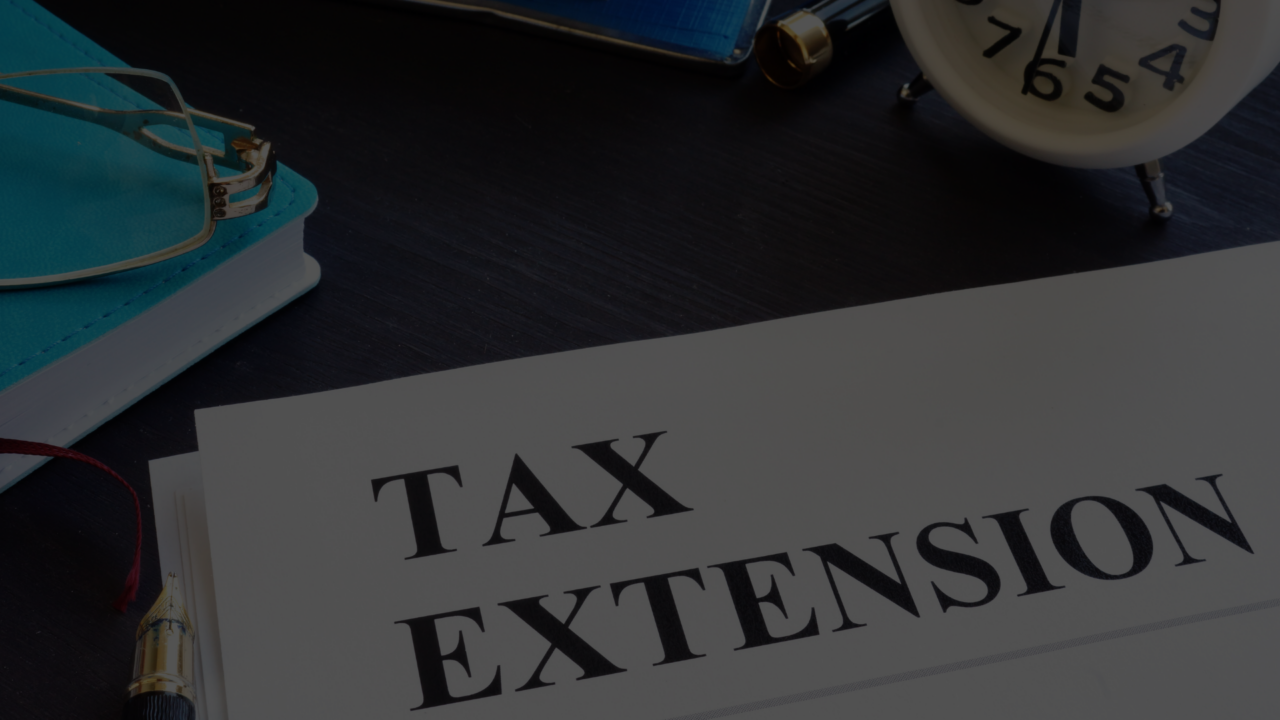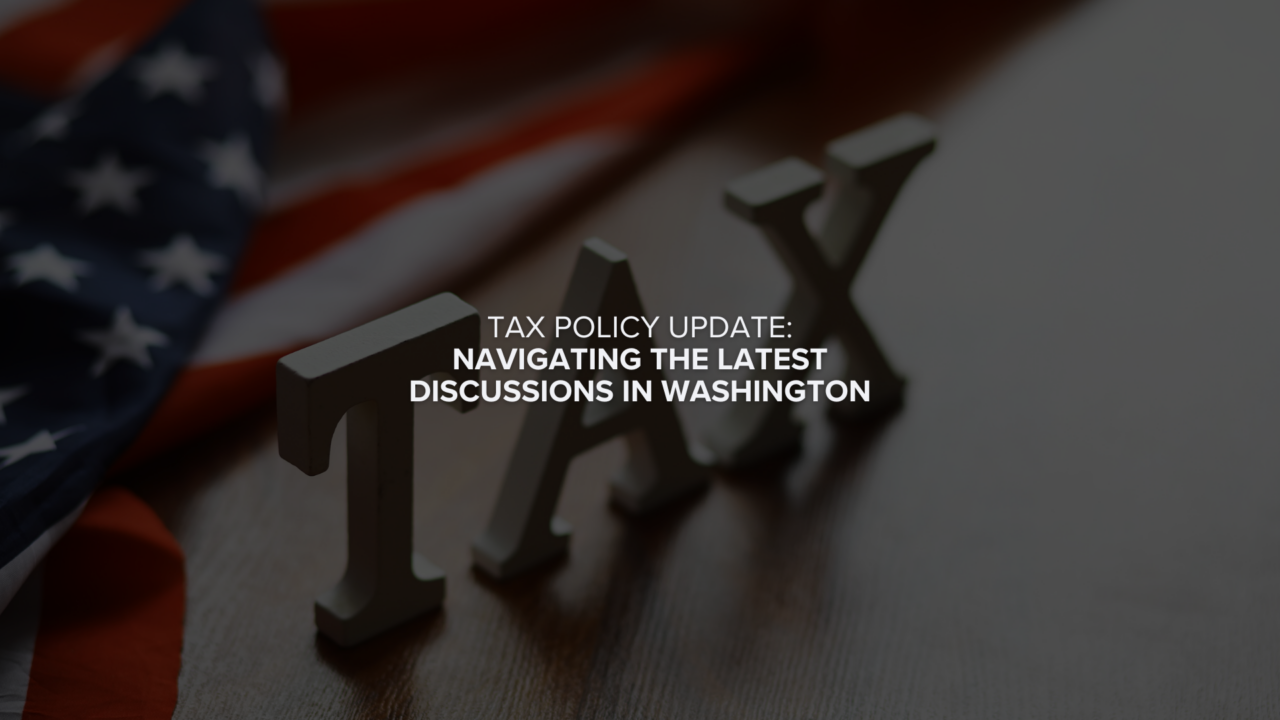What is the Election?
- A business alternative in response to $10,000 SALT cap on federal personal income tax return
- Effective for tax years beginning on or after January 1, 2022 and before January 1, 2024
- Expires if federal SALT deduction limitation expires or is repealed
- Allows for a federal deduction on business return that bypasses the SALT Cap on personal return
Who Is Eligible?
- Eligible for entities taxed as S Corporations and Partnerships
- Not eligible for sole proprietorships and single member LLCs
- All or nothing election – All members have to agree to election
- All owners must be individuals
- For tiered entities, the ultimate owner must be an individual
- Eligible out of state entities with income subject to tax in Oregon can make the election
When Is Election Made?
- Annual election to tax the Pass-Through Entity income at individual tax rates
- Election is made by the due date of the return (including extensions)
- This election is revokable if revoked on or before the due date of the return, including extensions
- Election to pay tax at business level is optional and not mandatory
How Does Election Work?
- Entity pays Oregon income tax on behalf of its members
- Qualifying members are eligible for credit equal to 100% of their distributive share of the tax paid
- Entities must register with Revenue Online before estimated tax payments can be made.
- Each entity will pay their share of the estimated tax on the pass-through income
- A separate tax return is generated that is due April 15 to report the tax payments made
- Federal deduction is cash basis.
- Example: For 2022 total payments of $20,000 made. 15,000 paid during 2022 calendar year and $5,000 paid with filing of return. For 2022 only the $15,000 is deductible. The remaining $5,000 will be deducted in 2023
How is Tax Payment Calculated?
- To calculate tax, the PTE must determine each member’s share of distributive proceeds
- First $250K taxed at 9%
- Amount over $250K taxed at 9.9%
- The PTE will pay tax on the distributive proceeds of the entity
- Distributive proceeds are net income, dividends, royalties, interest, rent, guaranteed payments, and gains of a PTE derived from or connected with sources within Oregon
- Does not account for section 179 Expense, charitable contributions and other deductions separately reported on K-1
- Example 1: PTE A has two Oregon resident member/owners with net income of $100,000, interest of $15,000, and gains of $50,000 all sourced to Oregon. The distributive proceeds total $165,000 and are allocated to member/owner A $82,500 and member/owner B $82,500.
- The calculated tax is $165,000 x 9% = $14,850. This is allocated to member/owner A $7,425 and member/owner B $7,425.
- Example 2: PTE B has two member/owners each owning 50% of the company with net income of $1,200,000, rents of $40,000 and guaranteed payments $80,000. The net income is 80% sourced to Oregon. The rents are not sourced to Oregon and the guaranteed payments are all sourced to Oregon. Member/owner A is an Oregon resident and member/owner B is a nonresident. Member/owner A & B distributive proceeds is $600,000 net income, $20,000 of rents and $40,000 of guaranteed payments each.
- Owner/Member A distributive income is $660,000
- $250,000 x 9% = $22,500 plus $660,000 – $250,000 = $410,000 x 9.9% = $40,590 + $22,500 = $63,090 total tax due.
- Owner/Member B distributive income is $520,000 , ($600,000 x 80% = $480,000 + $40,000) only Oregon source income is taxable for a nonresident
- $250,000 x 9% = $22,500 plus $520,000 – $250,000 = $270,000 x 9.9% = $26,730 + $22,500 = $49,230 total tax due.
Quarterly Estimates
- Estimated tax are required
- For 2022, the first estimate is due June 15, 2022 and will include first and second quarter
- For 2023 forward, the first estimate is due April 15
- Registration and payments will be available starting June 6, 2022
- Estimated due dates are April 15, June 15, September 15 and Jan 15 of following year
- Estimated payments can be made as followed:
- Electronic payments using revenue online
- Mail a check or money order, including the OR-21-V voucher form
- ACH credit
How is Member’s Personal Return Affected
- Qualifying members are eligible for credit equal to 100% of their distributive share of the tax paid
- The credit received at individual level is refundable
- Excess payments will be refunded to individual owner
- For individuals with multiple entities and non-business income
- Each entity will make a tax payment
- Individual will make a payment for nonbusiness income
- Payments made by entities are factored into calculation of underpayment penalties
Miscellaneous Information
- A state addition will be required for the member/owner share of Oregon Tax allocated.
- The PTE-E returns are due on the same day that the personal income tax returns are due
- Reduced tax rate calculation on personal return still allowed with PTE-E election




